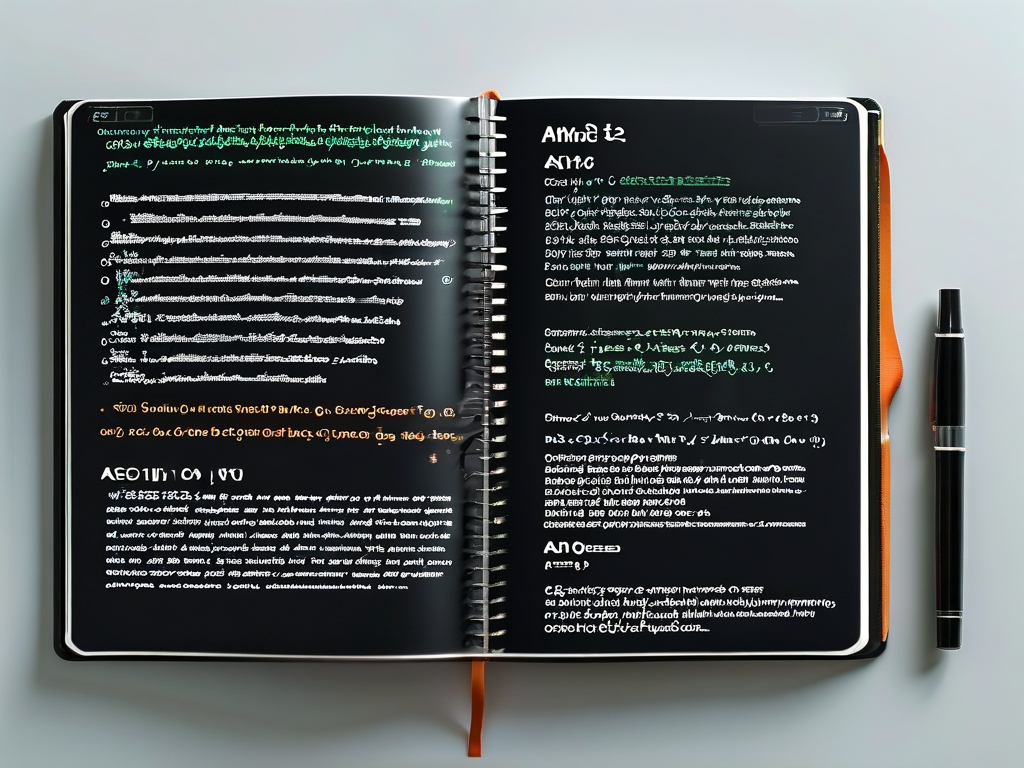Mathematics forms the foundation of a child’s academic journey, and mastering basic algorithms in the first grade is crucial for building numerical fluency and problem-solving skills. This article provides a detailed overview of common first-grade algorithm problems and their solutions, designed to support parents, teachers, and young learners.
1. Addition and Subtraction Basics
First-grade students typically begin with single-digit addition and subtraction. These problems help children understand number relationships and develop mental math strategies.
Example Problems:
- ( 5 + 3 = ? )
- Solution: 8
- ( 7 - 2 = ? )
- Solution: 5
Teaching Tip: Use physical objects like counters or blocks to visualize the process. For instance, placing five blocks and adding three more helps students "see" the sum.
2. Number Sequencing
Sequencing problems teach children to recognize patterns and predict the next number in a series.
Example Problems:
- Fill in the blank: 2, 4, _, 8, 10
- Solution: 6 (pattern: +2)
- What comes next? 10, 9, 8, _
- Solution: 7 (pattern: -1)
Common Mistakes: Students might confuse ascending and descending patterns. Practicing both types reinforces clarity.
3. Comparing Numbers
Understanding "greater than," "less than," and "equal to" is essential for logical reasoning.
Example Problems:
- Which is larger: 6 or 9?
- Solution: 9
- Fill in the symbol: 5 ⬜ 5
- Solution: =
Interactive Activity: Create flashcards with numbers and symbols for hands-on practice.
4. Simple Word Problems
Word problems integrate math with language comprehension. First-grade versions often involve everyday scenarios.
Example Problems:
- Anna has 3 apples. She buys 2 more. How many apples does she have now?
- Solution: 5
- Tom has 10 marbles. He gives 4 to his friend. How many are left?
- Solution: 6
Teaching Strategy: Break down sentences into key numbers and actions (e.g., "buys" means addition).
5. to Place Value
While advanced for some first graders, basic place value (tens and ones) introduces the structure of numbers.
Example Problems:
- How many tens and ones are in 14?
- Solution: 1 ten, 4 ones
- Write the number for 2 tens and 5 ones.
- Solution: 25
Visual Aid: Use bundles of sticks (tens) and loose sticks (ones) for tactile learning.
6. Doubles and Near-Doubles
Memorizing doubles (e.g., ( 3 + 3 )) speeds up mental calculations and builds confidence.
Example Problems:

- ( 4 + 4 = ? )
- Solution: 8
- If ( 5 + 5 = 10 ), what is ( 5 + 6 )?
- Solution: 11 (a "near-double")
Practice Idea: Play a "doubles race" where students solve problems against a timer.
7. Counting Money (Coins)
Identifying pennies, nickels, and dimes introduces real-world math applications.
Example Problems:
- How many cents is one nickel and two pennies?
- Solution: 7 cents
- Which coin is worth 10 cents?
- Solution: A dime
Parent Tip: Use real coins during practice to enhance engagement.
8. Shapes and Patterns
Geometry-related algorithms include identifying shapes and extending patterns.
Example Problems:

- Draw the next shape in the pattern: △, □, △, □, _
- Solution: △
- Name a shape with four equal sides.
- Solution: Square
Extension Activity: Create patterns using colored blocks or stickers.
Answer Key for Practice Problems
Below are solutions to all example problems mentioned above:
- Addition/Subtraction: 8, 5
- Sequencing: 6, 7
- Comparisons: 9, =
- Word Problems: 5, 6
- Place Value: 1 ten and 4 ones, 25
- Doubles: 8, 11
- Money: 7 cents, dime
- Shapes: △, square
Consistent practice with these first-grade algorithms fosters mathematical confidence and prepares students for more complex concepts. Parents and teachers should encourage a growth mindset, celebrating small victories to keep learners motivated. By integrating games, real-world examples, and visual tools, math becomes an enjoyable and accessible subject for every child.



